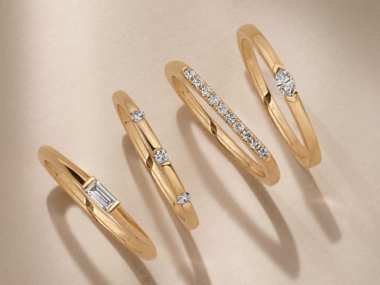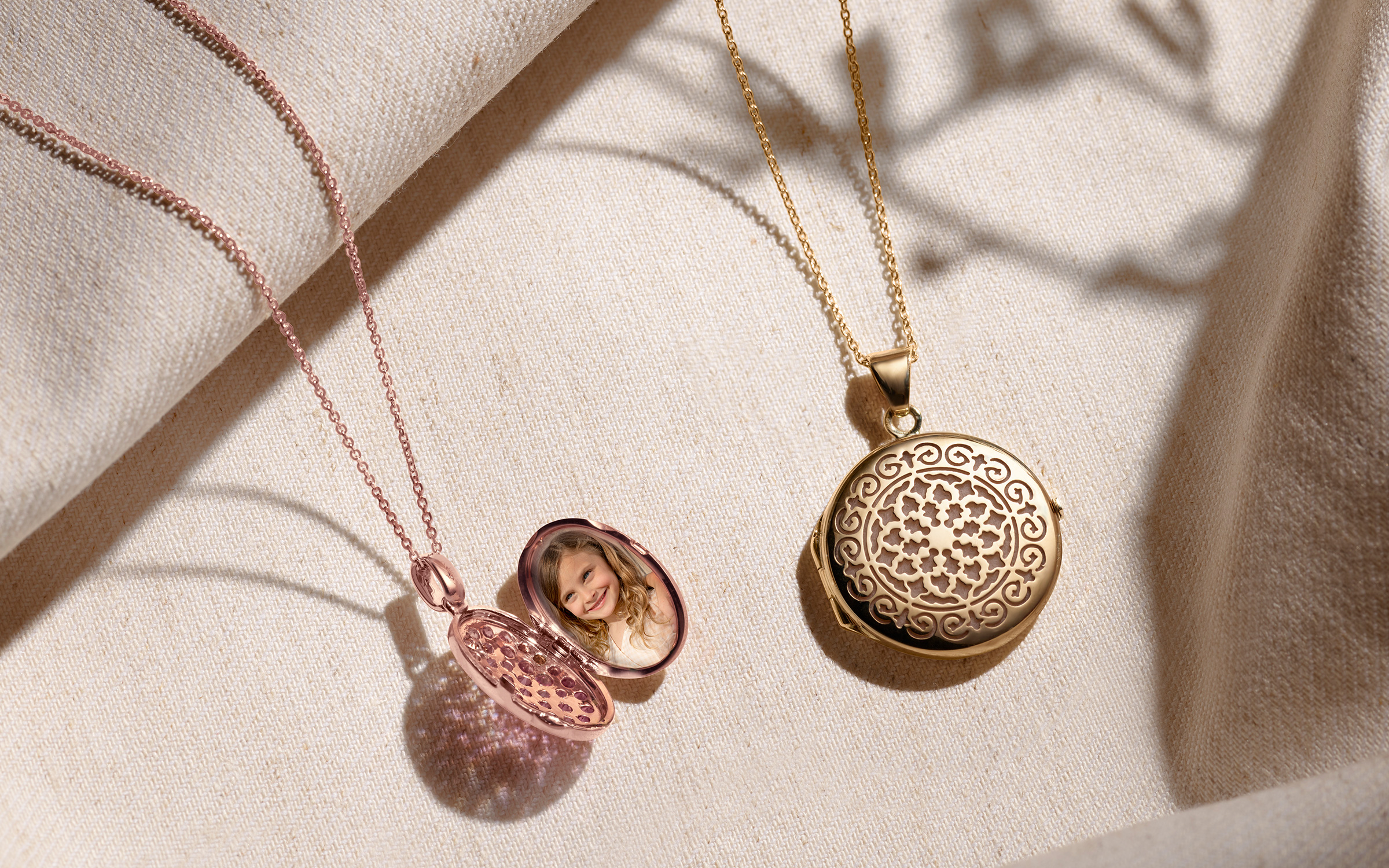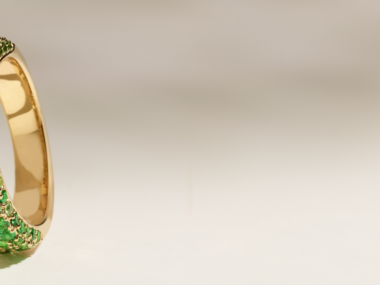Diamonds are a timeless treasure. Modern science knows a good deal about how diamonds are formed yet diamond formation is still a bit of a mystery, forcing scientists to make some educated guesses on some aspects of the diamond formation process.
The main reason for uncertainty in the formation process is because diamonds form naturally in the upper mantle of the Earth, approximately 100+/- miles below the surface. There is no technology that allows humans to witness this process so deep in the Earth, so there is some speculation involved.
Diamonds are basically highly organized and highly condensed pure carbon crystals that have bonded together under extremely intense heat (approximately 2,000 degrees Fahrenheit) and pressure (approximately 275,000 pounds per square inch) making it the hardest known mineral. As with crystals that form on the Earth’s surface, the formation of a diamond is not necessarily a continuous process. Scientists believe that diamonds often began to form and some cases a change in the conditions caused the process to stop, and possibly sit dormant for up to millions of years, only to continue the growth process at a later date when the conditions have changed again. Remarkably, most diamonds (arguably all natural diamonds) are dated to be between 1-3 billion years old, but that is not always the case as some diamonds can be older or younger. Actual diamonds cannot be dated, but there are ways scientists can date the inclusions within a diamond.
Diamonds form deep in the Earth’s crust and quickly move to the surface through volcanic rock formations called kimberlite pipes, which is like magma flowing to the surface of the Earth. The process of diamonds coming to the surface happens relatively fast and during the process the diamonds are cooled rather quickly, which plays a role in the overall formation process. Once on the surface of the Earth, a diamond waits to be found by a human being. A diamond that is found in nature, prior to being cut, is called a rough diamond. To the untrained eye, a potentially very valuable rough diamond can very easily be passed up as just a piece of glass.
The rarest and most valuable diamonds are the ones with the fewest internal inclusions and the least amount of color or absence of color (the exception being fancy colored diamonds). Inclusions are the natural minerals and crystallizations that become trapped within a diamond as it is forming in the mantle of the Earth. In terms of only the clarity of a diamond, any trapped inclusions make the diamond less rare, and therefore less valuable than a like-diamond that does not have such inclusions (overall diamond value is driven by carat weight, cut, color and clarity). Inclusions within a diamond are what make no two diamonds exactly alike, however, some difference sare so minuscule that no visible difference can be seen by the unaided eye.
When looking at diamonds to purchase, it is important to keep one thing in mind; like so many things in life, beauty is in the eye of the beholder. A diamond that is beautiful to one person may not be to someone else. When buying a diamond for any occasion, be aware of the grading (carat weight, cut, color, and clarity) but it’s not advisable to base your final decision on the numbers and letters of the grading. Find a diamond that’s beautiful to your naked eye and one that also fits within your budget.



